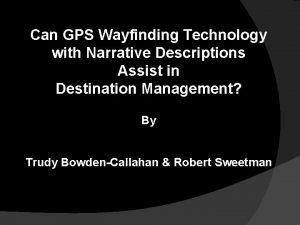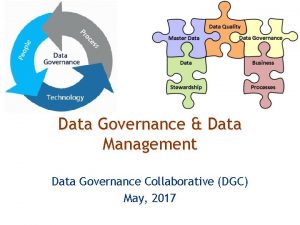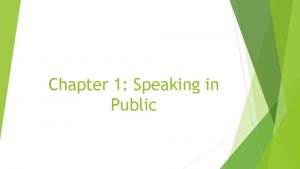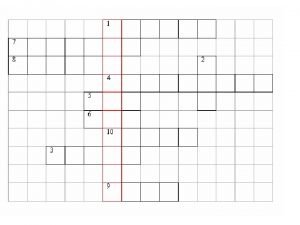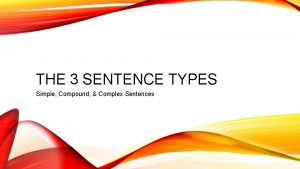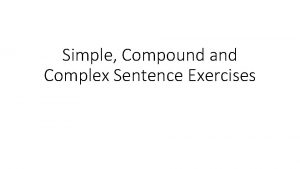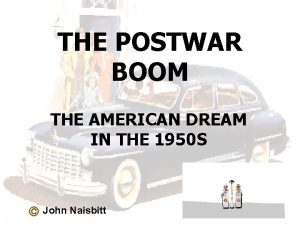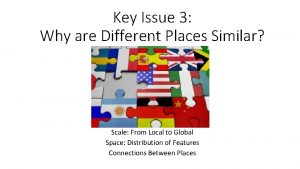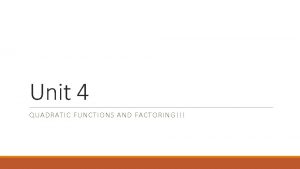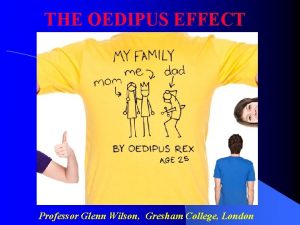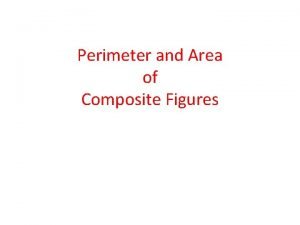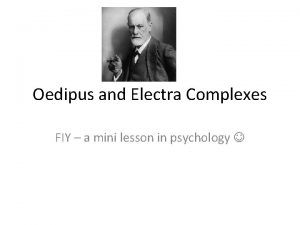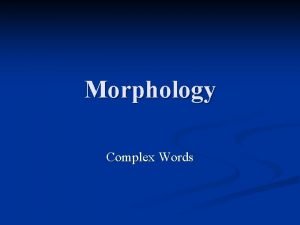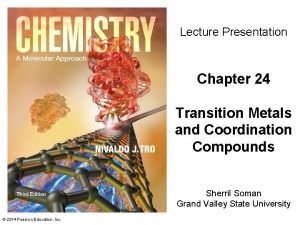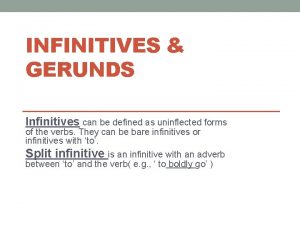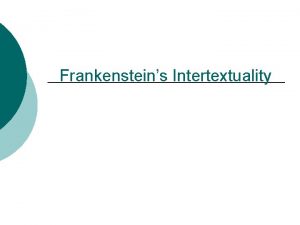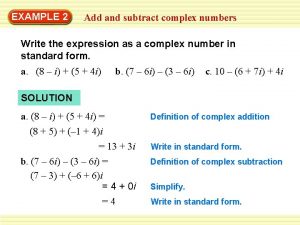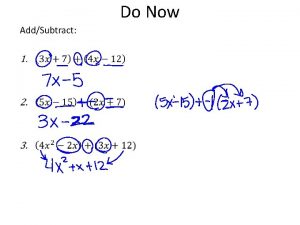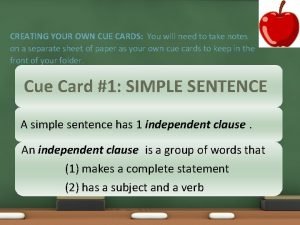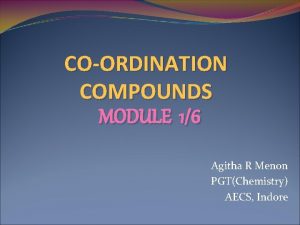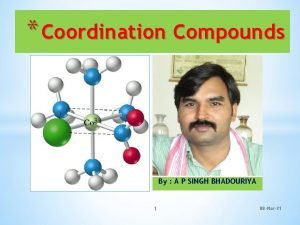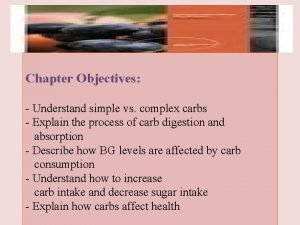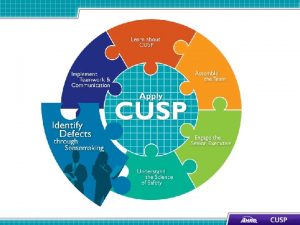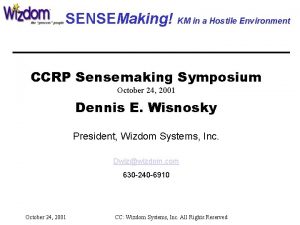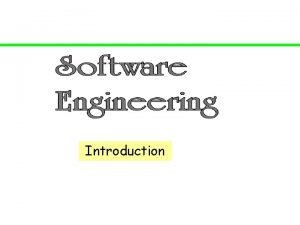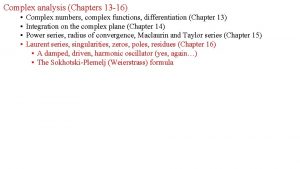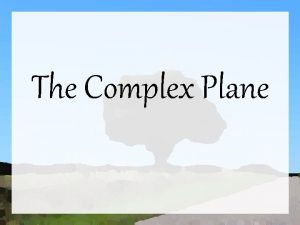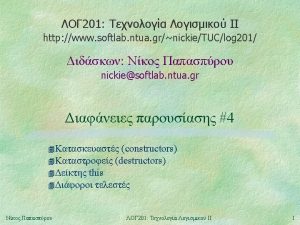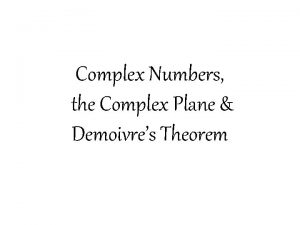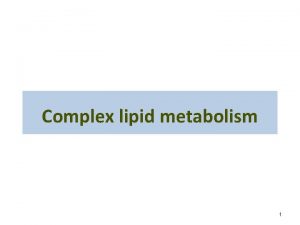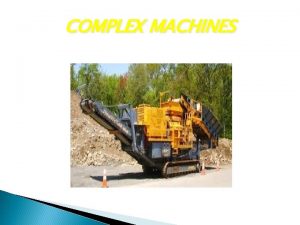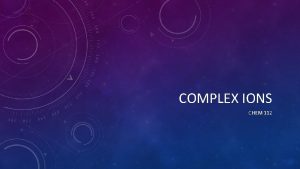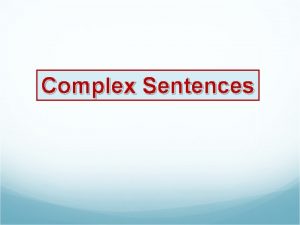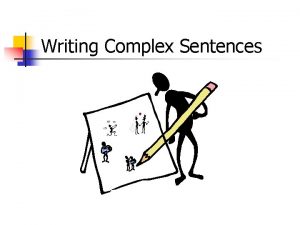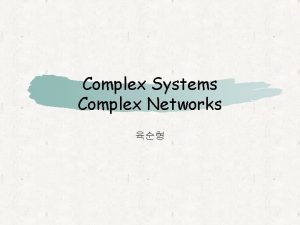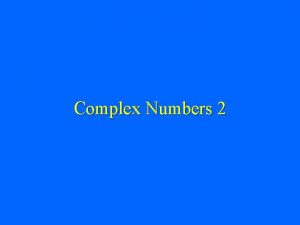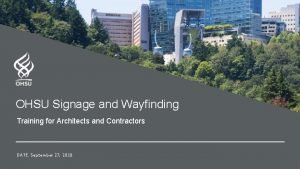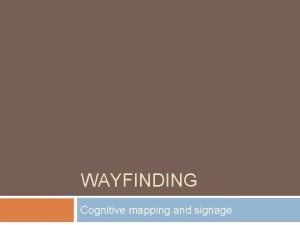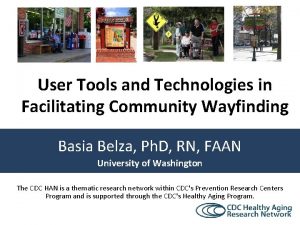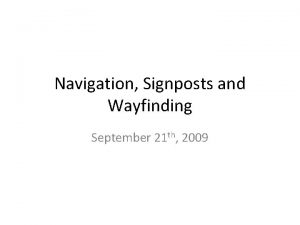More is Different sensemaking and wayfinding in complex






















































- Slides: 54

More is Different: sensemaking and wayfinding in complex information environments George Siemens April 4, 2012 Presented to:

Can learners be trusted to account for their own learning?

Because the internet and social media make managing/owning/directing your own learning possible. Intermediary agents need not apply.

What is self-organization? “Processes of self-organization literally create order out of disorder” Francis Heylighen

“Individuals, groups, and communities all form symbiotic relationships for a wide variety of reasons but the underlying impetus is resource sharing. Whether the resource is food, information, or support, individuals come together to share resources (Ribbands, 1953). Erin Brewer, 2003

Online Self-Organizing Social Systems (OSOSS) “structure allows large numbers of individuals to self-organize in a highly decentralized manner in order to solve problems and accomplish other goals. ” Wiley & Edwards 2003

The internet is very good at fragmenting information and narratives

We haven’t developed skills and tools to weave fragmentation together into a coherent whole.

Adaptation To avoid getting lost in the “mass of inconsequential” (Bush, 1945) We still need control, but the points are different than where the education system has assigned them in the past.

Complex systems: “a set of diverse actors who dynamically interact with one another awash in a sea of feedbacks. ” Miller and Page, 2007

Complexity: “disturbing traits of mess, of the inextricable, or disorder, of ambiguity, or uncertainty” Morin, 2008

Coherence is the thing…

“meaning relations that connect discourse segments” Kamalski et al. 2008: 323

“an ancient urge to seek a comprehensive picture of the world for the sake of understanding ourselves, for knowledge’s sake, and not the least for acting as best we can” Cordero 2007

High-knowledge readers perform better with reduced coherence. Mc. Namara et al. 1996: 35

More is different P. W. Anderson (1972)

Complex systems: “a set of diverse actors who dynamically interact with one another awash in a sea of feedbacks. ” Miller and Page, 2007

Enter the MOOC

“For all intents and purposes I am sitting in the middle of a massive coffee-shop…in the middle of hundreds of half-baked, uninformed conversations…not grounded in scholarship and since the tendency is for the bloggers and tweaters to flit from conversation to conversation I have no sense of any substantial engagement”

“Too many disconnected , unconnected things going on to have a good sense that one is making reasonable, thoughtful choices. ”

Because we’ve been presented with coherent wholes most of our lives (at least in formal education)

The real question, then, is not IF coherence is important, but WHO creates it

Coherence formation has two components 1. Sensemaking 1. Wayfinding

Sensemaking “Sensemaking is a motivated, continuous effort to understand connections. . . in order to anticipate their trajectories and act effectively” (Klein et al. 2006)

or “Sensemaking is about labeling and categorizing to stabilize the streaming of experience” (Weick et al. 2005: 411)

Wayfinding “the process that takes place when people orient themselves and navigate through space” (Raubal and Winter 2002)

Or “recognizing places and finding one’s way between places” (Golledge 1992)

Sensemaking and wayfinding are personal (even thought they are socially and communally enabled)

How I manage information

Finding the ‘right’ data set: authentic complex information environments 011 2008 , 2 9 0 0 , 2

The data set Connectivism and Connective Knowledge 2008 (CCK 08)

The methods 1. Social network and participation analysis 2. Corbin & Strauss’ (1990) version of grounded theory

SNA & Participation Habits

CCK 08 Weekly Forum Posts

CCK 08: Introduction forum Limited interaction. Most are isolated

Downes auto-subscribes learners in CCK 08

Dramatic participation variance Of the top ten posters in Week 1, only three were in the top ten in Week 12.

Introduction forum posts: CCK 08 Dialogue limited: Group too large?

Week 12 forum posts: CCK 08 More equitable distribution? Due to smaller #’s of participants?


Open coding using Cohere http: //cohere. open. ac. uk

Axial Coding



SWIM in Open Online Courses



Sensemaking artefacts





Self-organization and sub-networks Sensegiving through artefact creation and sharing Sensemaking/giving through language games Knowledge domain expansion Wayfinding cues, symbols Social organization through creating sharing

Twitter: gsiemens www. elearnspace. org/blog
 More more more i want more more more more we praise you
More more more i want more more more more we praise you More more more i want more more more more we praise you
More more more i want more more more more we praise you Ghost graphic story graphic and wayfinding
Ghost graphic story graphic and wayfinding Pre gps wayfinding aid
Pre gps wayfinding aid Weick model
Weick model Data governance checklist
Data governance checklist Pauline and bruno have a big argument
Pauline and bruno have a big argument Ghon complex and ranke complex
Ghon complex and ranke complex Quiz on simple compound and complex sentences
Quiz on simple compound and complex sentences Oedipus complex and electra complex
Oedipus complex and electra complex What are defense mechanisms according to freud?
What are defense mechanisms according to freud? Thematic apperception
Thematic apperception Human history becomes more and more a race
Human history becomes more and more a race Speechmaking becomes more complex
Speechmaking becomes more complex 5 apples in a basket riddle
5 apples in a basket riddle The more you study the more you learn
The more you study the more you learn Aspire not to
Aspire not to Newton's 1 law
Newton's 1 law Knowing more remembering more
Knowing more remembering more The more i give to thee the more i have
The more i give to thee the more i have More choices more chances
More choices more chances We learn more different countries
We learn more different countries Why do different polymers have different properties
Why do different polymers have different properties Why do different atoms produce different colors
Why do different atoms produce different colors Sound will travel at different speeds in different mediums.
Sound will travel at different speeds in different mediums. Library.thinkquest.org 19537
Library.thinkquest.org 19537 Cultural relativism
Cultural relativism Different angle different story
Different angle different story Acids and bases song lyrics
Acids and bases song lyrics Manufactured boards examples
Manufactured boards examples No two people
No two people Venn diagram different same different
Venn diagram different same different Simple and compound and complex sentences
Simple and compound and complex sentences Without supper phrase or clause
Without supper phrase or clause Ron offutt house
Ron offutt house How and why are places similar
How and why are places similar Quadratic formula
Quadratic formula Simple compound and complex sentences
Simple compound and complex sentences Inbreeding in humans pictures
Inbreeding in humans pictures Compound vs complex sentence
Compound vs complex sentence Adding complex fractions
Adding complex fractions Area of composite
Area of composite Oedipus and electra complex
Oedipus and electra complex Simplex complex
Simplex complex What is a low spin complex
What is a low spin complex Invariable
Invariable Multiply complex numbers
Multiply complex numbers It is the complex interrelationship between
It is the complex interrelationship between What is a compound complex sentence
What is a compound complex sentence How to add and subtract complex numbers
How to add and subtract complex numbers Adding and subtracting complex numbers worksheet
Adding and subtracting complex numbers worksheet Example of cue cards
Example of cue cards Difference between double salt and complex compound
Difference between double salt and complex compound Difference between double salt and complex compound
Difference between double salt and complex compound Examples of simple and complex carbohydrates
Examples of simple and complex carbohydrates



